Hello everybody, here Shang ready to share some photos of the supermoon I took yesterday. As you know yesterday was the last day where you could see the supermoon, but what is supermoon? Well it is a full moon or a new moon that nearly coincides with perigee (the closest that the Moon comes to the Earth in its orbit) resulting in a slightly larger-than-usual apparent size of the lunar disk as viewed from Earth. The technical name is perigee syzygy, hence the name of this blog title. The opposite phenomenon is micromoon which is the phenomenon when a full moon or a new moon coincides with apogee, the point in the Moon's orbit farthest away from Earth.
Here an image from NASA that compares the two phenomena:
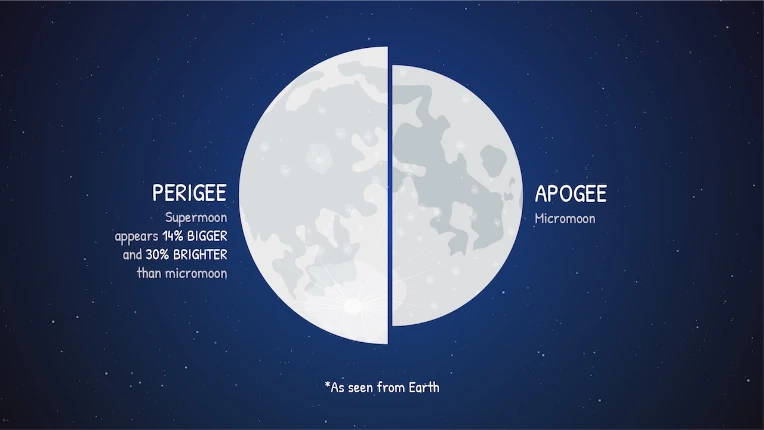
from: https://moon.nasa.gov/news/29/teachable-moment-whats-a-supermoon-and-just-how-super-is-it/
Author: NASA/JPL-Caltech
Origin of the name
The name supermoon was coined by astrologer Richard Nolle in 1979, in Dell Horoscope magazine arbitrarily defined as:
... a new or full moon which occurs with the Moon at or near (within 90% of) its closest approach to Earth in a given orbit (perigee). In short, Earth, Moon and Sun are all in a line, with Moon in its nearest approach to Earth.
— Richard Nolle
Nolle came up with the name while reading Strategic Role Of Perigean Spring Tides in Nautical History and Coastal Flooding published in 1976 by Fergus Wood, a hydrologist with NOAA (1).
He also explained in 2011 that he based calculations on 90% of the difference in lunar apsis extremes for the solar year. In other words, a full or new moon is considered a supermoon if ld s ≤ ld p + 0.1 ∗ ( ld a − ld p ) where ld s is the lunar distance at syzygy, ld a is the lunar distance at the greatest apogee of the year, and ld p is the lunar distance at the smallest perigee of the year (2). In practice, there is no official or even consistent definition of how near perigee the full Moon must occur to receive the supermoon label, and new moons rarely receive a supermoon label. Different sources give different definitions. But the term perigee-syzygy or perigee full/new moon is preferred in the scientific community and I prefer it over "supermoon". People might not know the scientific term hence I used it in this article.
Ah by the way, what is syzygy? Syzygy is when the Earth, the Moon and the Sun are aligned, which happens at every full or new moon. The term derives from Ancient Greek συζυγία (suzugía) 'union, yoking', expressing the sense of σύν (syn- "together") and ζυγ- (zug- "a yoke").
Here some of the pics I took:
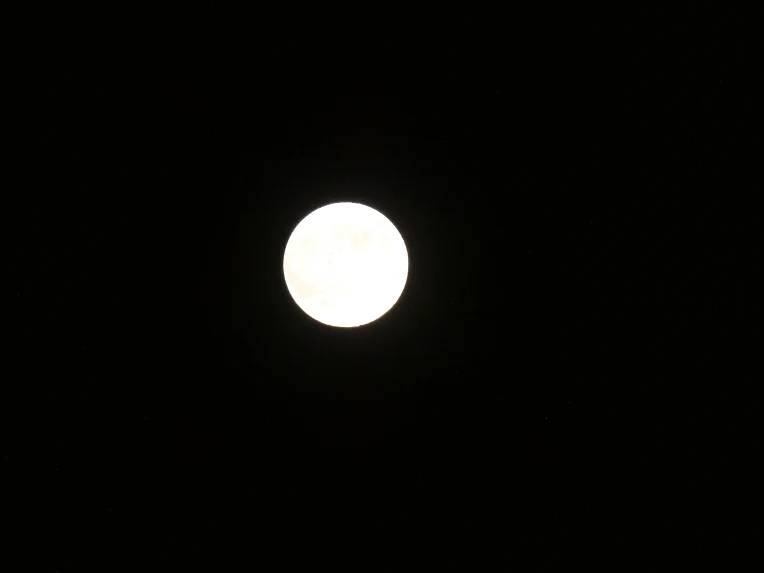
Ok, here I loved how the moon looked like a mini sun piercing through the night, when I was initially zooming.
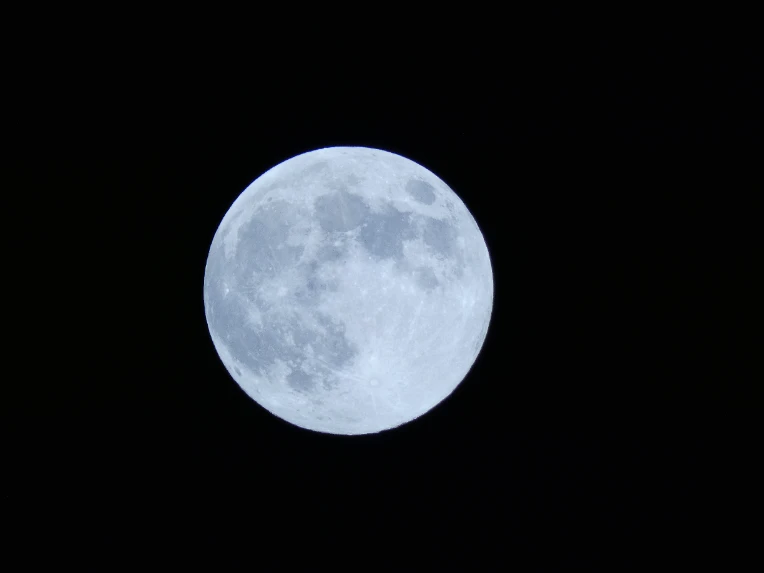
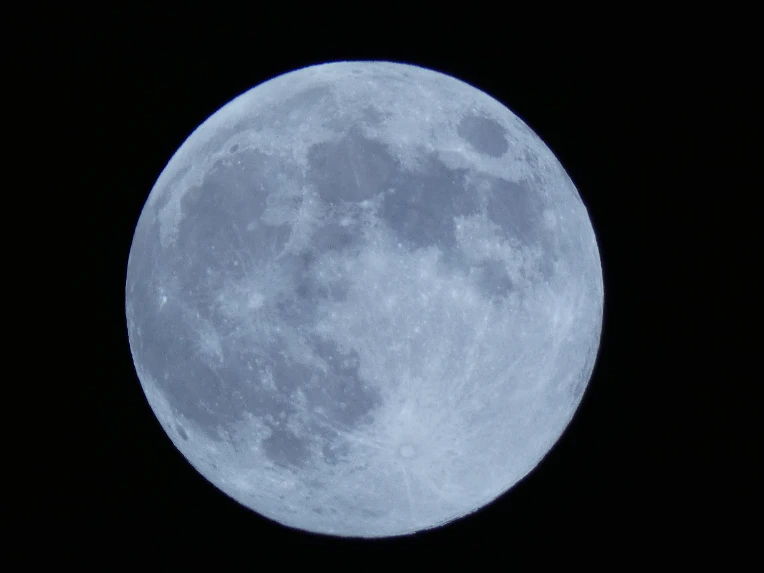
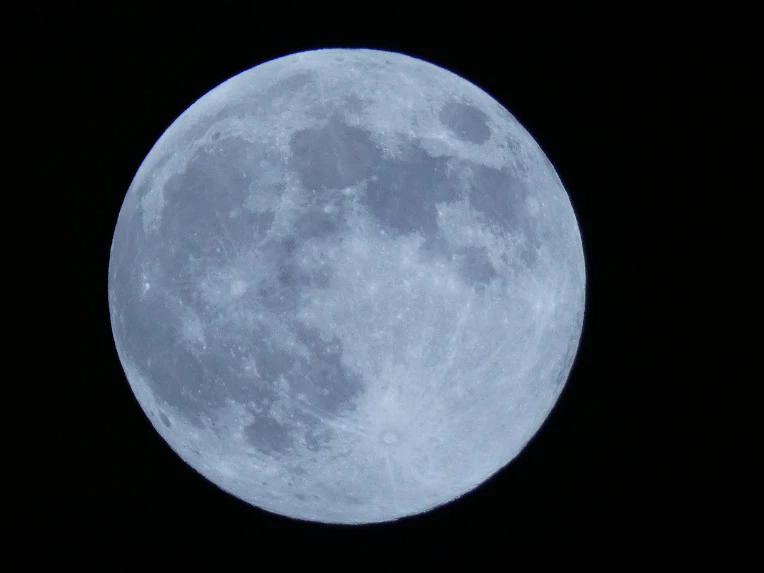
Here I used a different mode which gave me a different colour:
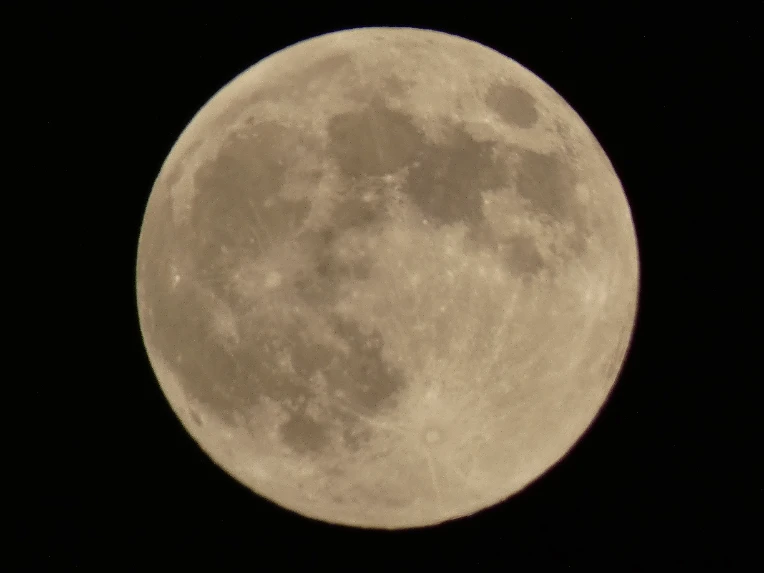
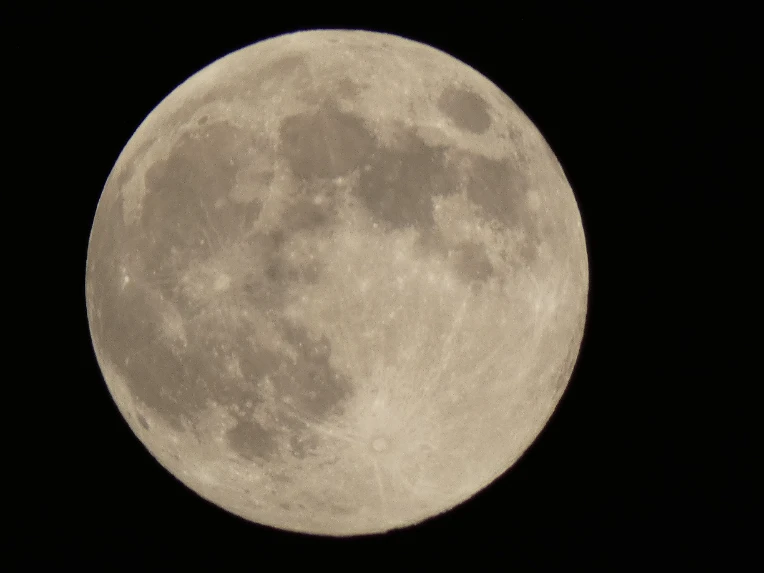
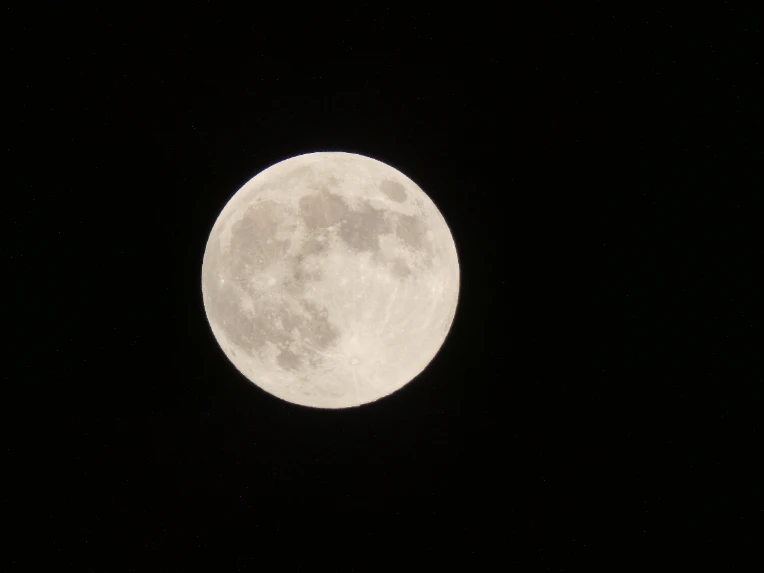
Occurrence
Of the possible 12 or 13 full (or new) moons each year, usually three or four may be classified as supermoons, as commonly defined. The most recent full supermoon occurred yesterday and the next one will be on October 7, 2025 (3). The oscillating nature of the distance to the full or new moon is due to the difference between the synodic and anomalistic months. The period of this oscillation is about 14 synodic months, which is close to 15 anomalistic months. Thus every 14 lunations there is a full moon nearest to perigee. Occasionally, a supermoon coincides with a total lunar eclipse. The most recent occurrence of this by any definition was in May 2022, and the next occurrence will be in October 2032 (4).
In the Islamic calendar, the occurrence of full supermoons follows a seven-year cycle. In the first year, the full moon is near perigee in month 1 or 2, the next year in month 3 or 4, and so on. In the seventh year of the cycle the full moons are never very near to perigee. Approximately every 20 years the occurrences move to one month earlier. At present such a transition is occurring, so full supermoons occur twice in succession. For example in Hijri year 1446, they occur both in month 3 (Rabīʿ al-ʾAwwal, on September 18, 2024) and in month 4 (Rabīʿ ath-Thānī, on October 17, 2024).
As you have noticed a full moon at perigee appears roughly 14% larger in diameter than at apogee. Many observers insist that the Moon looks bigger to them (my mother is among them XD). This is likely due to observations shortly after sunset when the Moon appears near the horizon and the Moon illusion is at its most apparent. While the Moon's surface luminance remains the same, because it is closer to the Earth the illuminance is about 30% brighter than at its farthest point, or apogee. What causes this? It is due to the inverse square law of light which changes the amount of light received on Earth in inverse proportion to the distance from the Moon. A perigee syzygy directly overhead could provide up to 0.36 lux.
Here a further comparison between a normal moon and a perigee syzygy:
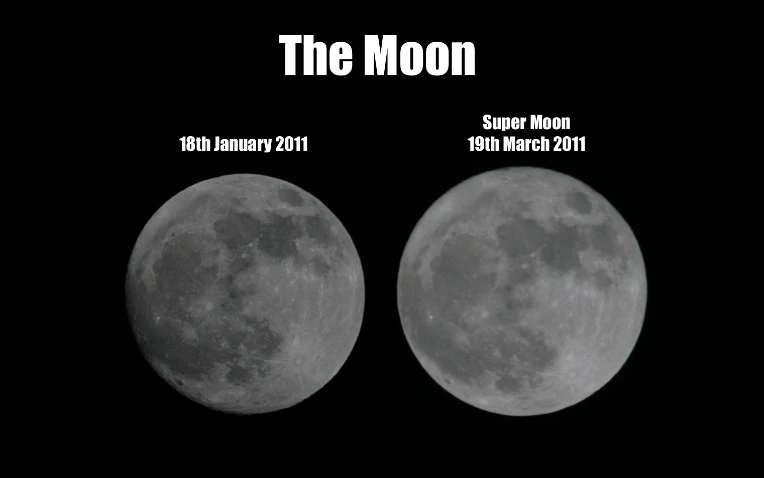
From: Moon Compare 2011 - Suffolk, England, UK (5542637678).jpg by Karen Roe from Bury St Edmunds, Suffolk, UK, United Kingdom, 18 January 2011, 21:03 is licensed under the Creative CommonsAttribution 2.0 Generic license.
Effects on Earth
This phenomenon is said to cause natural disasters, and the claim of Nolle that supermoons cause "geophysical stress", have been refuted by scientists. Despite lack of scientific evidence, there has been media speculation that natural disasters, such as the 2011 Tōhoku earthquake and tsunami and the 2004 Indian Ocean earthquake and tsunami, are causally linked with the 1–2-week period surrounding a supermoon. A large, 7.5 magnitude earthquake centred 15 km north-east of Culverden, New Zealand at 00:03 NZDT on November 14, 2016, also coincided with a supermoon. Tehran earthquake on May 8, 2020, also coincided with a supermoon. Scientists have confirmed that the combined effect of the Sun and Moon on the Earth's oceans, the tide, is greatest when the Moon is either new or full. and that during lunar perigee, the tidal force is somewhat stronger, resulting in perigean spring tides. However, even at its most powerful, this force is still relatively weak, causing tidal differences of inches at most.
As an average of 1,000 earthquakes of magnitude 5 or greater (18 >= magn. 7), and multiple "supermoons", occur yearly, the law of truly large numbers guarantees that over a sufficiently-long interval, numerous "large" earthquakes will occur around the time of supermoons. Refuting the null hypothesis ("there is no relation between the variables") would entail demonstrating evidence for an alternative hypothesis, such as a statistically significant increase in earthquake frequency around the time of certain events. The inverse—formulating a hypothesis, then looking back through already-gathered data to find support (and disregarding unsupportive data)—is known as data dredging.
This is a fine example of two fallacies:
1) Texas sharpshooter fallacy ----> the informal fallacy which is committed when differences in data are ignored, but similarities are overemphasized. From this reasoning, a false conclusion is inferred
2) Apophenia ----> the tendency to perceive meaningful connections between unrelated things
So be careful when observing the world around us.
I want to finish this blog with a last photo of the moon I took yesterday as way to say goodbye and see you next time:

References and footnotes
(1) https://archive.org/details/strategicroleofp00wood
(2) https://earthsky.org/astronomy-essentials/why-experts-disagree-on-what-makes-a-supermoon/#nolle
(3) https://astropixels.com/ephemeris/moon/fullperigee2001.html
(4) Ibidem